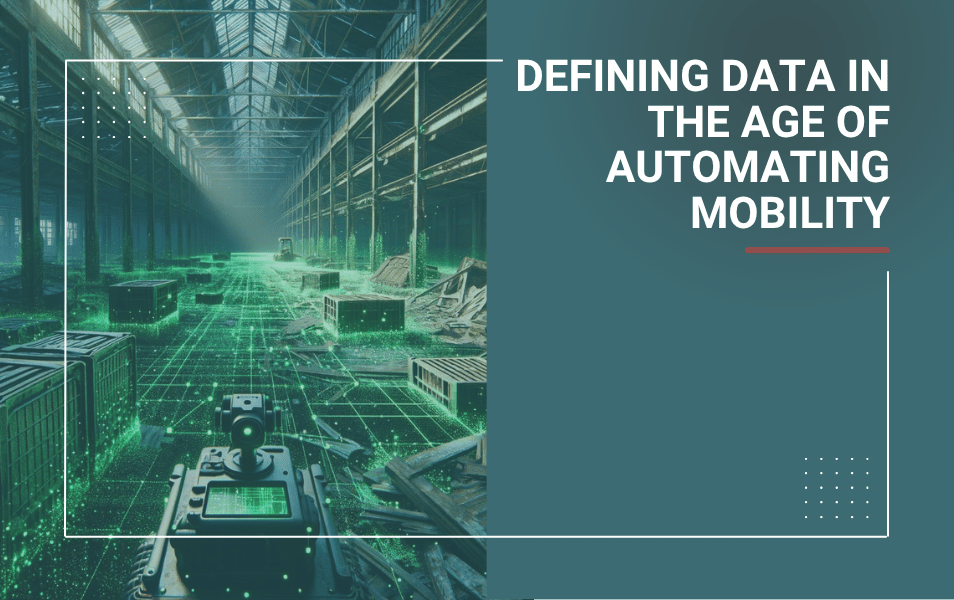Introduction
Did you know that 99% of collected data used by automated mobile systems never gets used? And do you know the difference between Data, Information, Value, and Impact? And how these are connected to each other?
Today, I’m starting a recurring series of posts taking you with me on a journey starting from Data to making Impact. Let’s call it the DIVI formula.
Within the markets I’m doing my projects in, offering consulting and custom software development services, Data is the cornerstone. The raw material where all sophisticated analysis for autonomous mobile systems begins. Whether the data is captured on the public road by sensors installed on a car (aka Software Defined Vehicle), in an indoor warehouse environment captured by a pallet truck, or in the air captured by a drone.
What I want to make clear in this series is the path from Data towards making an Impact. Converting Data into useful Information. Extracting Value out of this Information. And finally, making the Impact in the organization with such Value.
Let’s start with Data, the first ingredient of my DIVI formula.
The essence of data
During my years at university, a teacher reminded me to differentiate between the definition of Data and Information. To be honest, back then I was under the impression that Data = Information. You cannot call Data, in its purest unprocessed form, Information. Data is the digital echo of the physical world captured by sensors, yet untouched by analysis. Think of it as the ingredients for a recipe not yet cooked. In my world of automation, data’s volume, velocity, variety, and veracity are critical; they represent the quantity, speed, diversity, and accuracy of digital records. Let’s have a look at data at its fundamental state and its critical role in automated mobile systems.
Types of sensor data
Sensors are the eyes and ears of an automated mobile system. LIDAR sensors cast a net of laser beams to map out distances, creating a 3D point cloud. RADAR sensors bounce radio waves to detect object speeds and distances. Cameras capture visual data, painting a picture of the environment. Environmental sensors are the nuanced senses, detecting temperature, humidity, and more. These sensors are pivotal in applications like guiding Automated Guided Vehicles (AGVs) through a warehouse or enabling autonomous vehicles to navigate the chaos of city streets.
The role of data in automation
Data is the first step on the automation ladder, the input that fuels all subsequent actions. Quality data leads to precise movements in AMRs and accurate decision-making in self-driving cars. However, capturing high-quality data is complex, marred by noise, errors, and incomplete pictures. Enter sensor fusion, a method that combines data from multiple sensors to create a more accurate and comprehensive view, enhancing the reliability of the data collected.
Conclusion
We’ve just scratched the surface of ‘Data’ in this DIVI blog post series. Recognizing its raw state and the ‘devil is in the details’ of its capture is essential for any automation process. As I move forward, I’ll delve into how this data is refined into ‘Information’—the next layer in the journey from Data to Impact. Stay tuned to learn more about the road from Data to making Impact.
What unique data challenges have you encountered in your mobile automation projects, and how have you tackled them? I’d love to hear about your journey with data!
